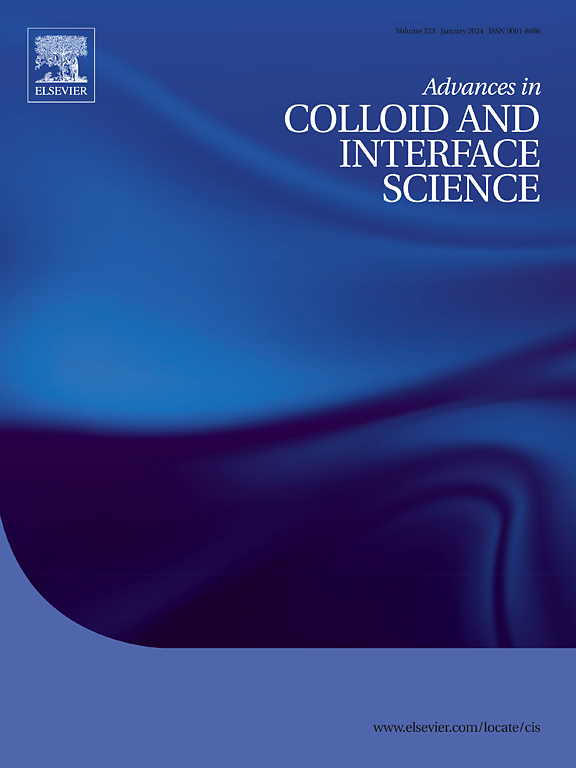Construction of high-performance aqueous zinc-ion batteries by guest pre-intercalation MnO2-based cathodes
IF 19.3
1区 化学
Q1 CHEMISTRY, PHYSICAL
引用次数: 0
Abstract
In recent years, aqueous zinc ion batteries (AZIBs) with the benefits of high safety, low cost, high capacity and environmental protection, have broad development prospects in the area of massive energy storage. Among them, MnO2 materials are seen to be the most prospective cathode materials because of their low manufacturing costs, high operating voltage, and multi-valence state. Nevertheless, issues with low intrinsic conductivity, quick structural collapse and poor stability of MnO2 cathode materials during the charge/discharge process severely impede the development of AZIBs. Numerous investigations have demonstrated that the guest pre-intercalation MnO2 cathode structures can effectively alleviate the above problems and improve their electrochemical performance. Thus, this review summarizes the research progress of the guest pre-intercalation strategy applied to different Mn-based oxide cathode materials, focusing on α-MnO2, β-MnO2, ε-MnO2, δ-MnO2, and γ-MnO2. Meanwhile, the mechanism of performance improvement and electronic structure alteration of guest pre-intercalation in MnO2 cathode materials with different crystal structures are analyzed in detail. Finally, the challenges faced by this strategy and its development are summarized, and the future development direction of Mn-based cathode materials for high-performance AZIBs is prospected. The review describes the guest pre-intercalation strategy that promotes the commercialization and practical application of AZIBs, providing strong support for the development of renewable energy storage.

用客体预嵌层二氧化锰基阴极构建高性能水性锌离子电池
近年来,水性锌离子电池(AZIBs)以其高安全、低成本、高容量和环保等优点,在大规模储能领域具有广阔的发展前景。其中二氧化锰材料因其制造成本低、工作电压高、多价态等优点被认为是最有前途的正极材料。然而,充放电过程中MnO2正极材料固有电导率低、结构坍塌快、稳定性差等问题严重阻碍了azib的发展。大量研究表明,客体预嵌层MnO2阴极结构可以有效地缓解上述问题,提高其电化学性能。因此,本文主要从α-MnO2、β-MnO2、ε-MnO2、δ-MnO2和γ-MnO2等方面综述了客体预插策略在不同锰基氧化物正极材料中的研究进展。同时,详细分析了不同晶体结构的二氧化锰正极材料中客体预插层性能改善和电子结构改变的机理。最后,总结了该战略面临的挑战及其发展,并展望了高性能azib锰基正极材料的未来发展方向。该综述描述了促进azib商业化和实际应用的guest预插层策略,为可再生能源存储的发展提供了有力支持。
本文章由计算机程序翻译,如有差异,请以英文原文为准。
求助全文
约1分钟内获得全文
求助全文
来源期刊
CiteScore
28.50
自引率
2.60%
发文量
175
审稿时长
31 days
期刊介绍:
"Advances in Colloid and Interface Science" is an international journal that focuses on experimental and theoretical developments in interfacial and colloidal phenomena. The journal covers a wide range of disciplines including biology, chemistry, physics, and technology.
The journal accepts review articles on any topic within the scope of colloid and interface science. These articles should provide an in-depth analysis of the subject matter, offering a critical review of the current state of the field. The author's informed opinion on the topic should also be included. The manuscript should compare and contrast ideas found in the reviewed literature and address the limitations of these ideas.
Typically, the articles published in this journal are written by recognized experts in the field.

 求助内容:
求助内容: 应助结果提醒方式:
应助结果提醒方式:


